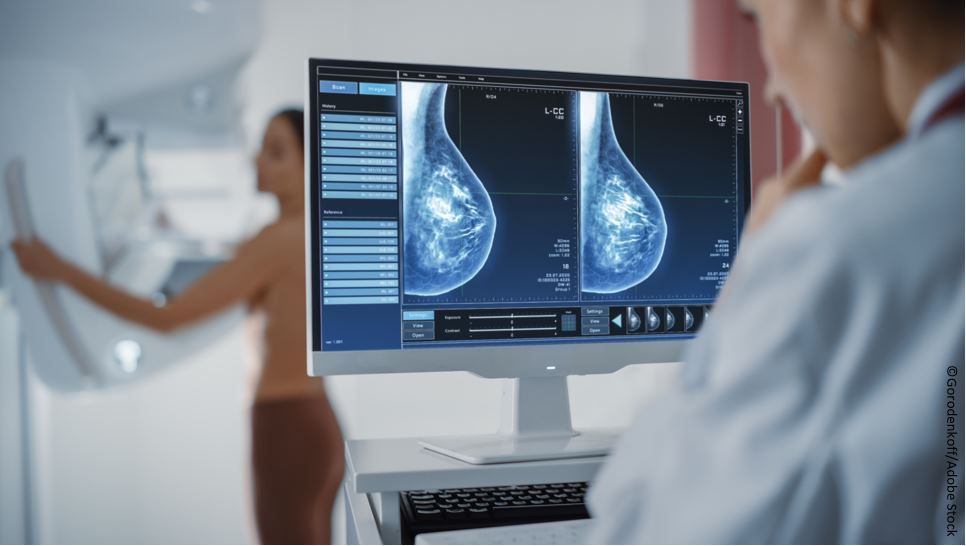FDA Ruling on National Breast Density Notification for Mammography Reports Finalized
Beginning on Sept 24, 2024, all women must be notified of their breast density status in mammography reports and encouraged to pursue supplemental screening.
The days of inconsistent breast density notification for mammography reporting are coming to an end.

In newly issued final rule updates to the Mammography Quality Standards Act (MQSA), the Food and Drug Administration (FDA) will require standard breast density notification in mammography reports, beginning on September 10, 2024, for all women in the United States.
In addition to requiring notification in the patient summary of mammography reports as to whether a patient has dense or not dense breasts, the FDA rule requires standard language that will note the limitations of mammography for women with dense breasts and encourage supplemental screening.
For women with dense breasts, the FDA said the standard breast density notification language will be as follows:
JoAnn Pushkin, the executive director for DenseBreast-info.org, said the national standard for breast density notification is essential. While 38 states and the District of Columbia currently have breast density information laws, Pushkin said the state laws vary considerably and some don’t require specific notification to women that they have dense breasts. Pushkin maintained that the inconsistency of “state-by-state geography-dependent notification has created an inequity of actionable information for women.”
“All US women should receive clear, unambiguous notification if their breasts are dense — and that having dense breasts increases both (their) risk of developing breast cancer and of having that cancer missed on (their) mammogram, and that (they) should talk to (their) health provider about supplemental screening,” emphasized Pushkin.
In a recent interview with Patient Care® partner website Diagnostic Imaging®, Wendie Berg, MD, PhD, said “it has been a long time coming” for a national standard for breast density notification to help address a common problem and a well-known limitation of mammography. Approximately 40% of women have dense breasts and nearly 40% of breast cancer is hidden in dense breast tissue, emphasized Dr. Berg, a professor of radiology at the University of Pittsburgh School of Medicine.
Dr. Berg noted magnetic resonance imaging is the best supplemental imaging “by far” and noted that abbreviated MRI is becoming more available and less expensive. She noted there are now over 100 facilities in the U.S. that offer abbreviated MRI.
In addition to changes in the patient summary of mammography reports, Dr. Berg said the new FDA rule will require radiologists to note 1 of the 4 breast density categories in the American College of Radiology’s Breast Imaging Reporting and Data System when detailing breast density assessments to referring providers. While she noted that many facilities are already doing this, Dr. Berg said it is only a strong recommendation to include this categorization in mammography reports at the present time.
Calling the FDA final rule on breast density notification a reasonable step forward, Dr. Berg also emphasized that more education and awareness of breast density is needed for referring providers in terms of understanding the limitations of mammography in this patient population, supplemental screening options and where breast density fits in with other risk factors for breast cancer.